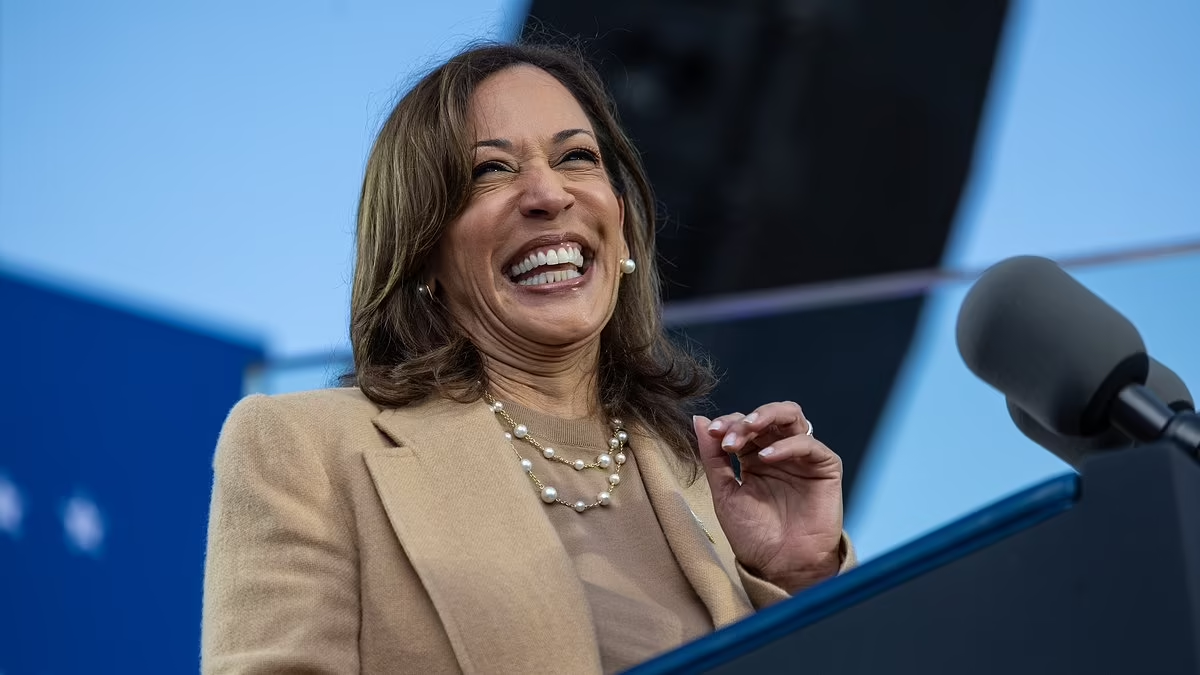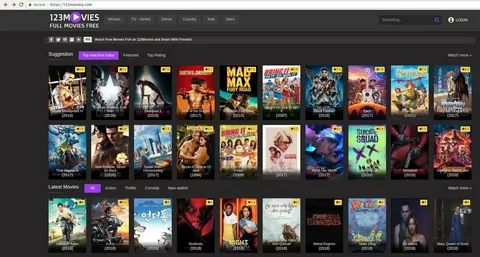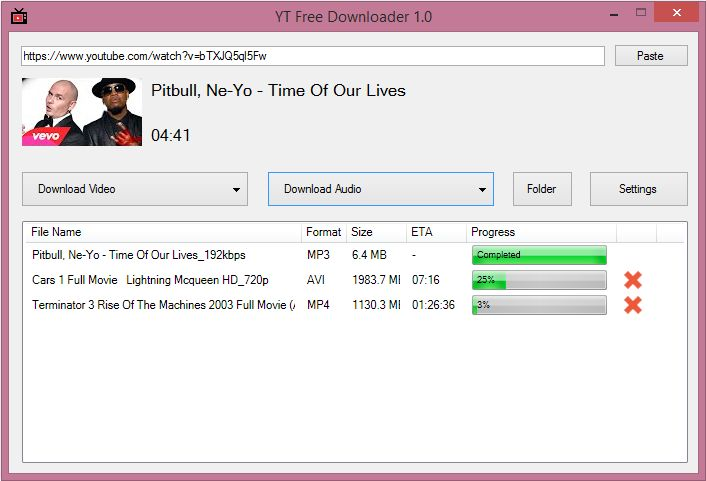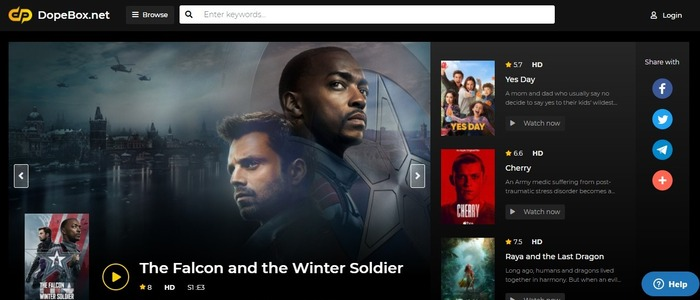In political campaigns, public appearances are crucial for candidates seeking to connect with voters. Recently, the harris campaign restaurant stop staged garnered significant attention, raising questions about authenticity and strategy in political outreach. This article delves into the details of this event, exploring its implications and the broader context of political campaigning.
The Event: What Happened?

During a scheduled visit to a local restaurant, Vice President Kamala Harris aimed to engage with constituents in an informal setting. The campaign stop was designed to showcase her connection to the community and emphasize her administration’s commitment to small businesses and everyday Americans. However, as the event unfolded, it became apparent that the staging of the gathering was more intricate than it first appeared.
Setting the Scene
The restaurant chosen for the visit was a popular local spot known for its community involvement and vibrant atmosphere. The campaign team meticulously planned the event, from seating to menu selections. This attention to detail aimed to create a welcoming environment that would resonate with voters.
As Harris entered the restaurant, she was greeted by enthusiastic supporters and a carefully curated audience. The presence of strategically placed cameras and media outlets added to the spectacle, capturing the moment for national coverage. While this type of staging is not uncommon in political events, it raised eyebrows regarding the authenticity of the interaction.
Staging in Political Campaigns: A Common Practice

Political campaigns often rely on staged events to control the narrative and showcase candidates in a favorable light. These orchestrated appearances highlight specific messages, connect with voters, and build a positive public image. While some argue that such staging is necessary for effective campaigning, others question its authenticity and potential disconnect from real voter concerns.
The Pros and Cons of Staged Events
Staged events can have both positive and negative implications for a campaign. Here are some of the key advantages and disadvantages:
Advantages
- Message Control: Campaign teams can ensure that the narrative aligns with their goals by staging an event. This control allows candidates to emphasize particular issues or achievements that resonate with voters.
- Media Coverage: Well-orchestrated events often attract media attention, amplifying the candidate’s message. The presence of cameras can create moments that are easily shared and disseminated through news outlets and social media.
- Voter Engagement: Staged events can foster a sense of community and engagement. When candidates visit local businesses or interact with constituents, it can create a positive atmosphere encouraging voter participation.
Disadvantages
- Perceived Insincerity: Staging can lead to perceptions of inauthenticity. Voters may feel that the candidate is more interested in political theater than genuine connection, which can erode trust.
- Disconnected Messaging: If the staged environment does not resonate with real voter experiences, it can result in messaging that feels out of touch. This disconnect can alienate potential supporters.
- Criticism and Scrutiny: Events perceived as staged often attract criticism from opponents and the media. Such scrutiny can overshadow the candidate’s intended message, leading to negative headlines.
Public Reaction to the Staged Event

The harris campaign restaurant stop staged was noticed in the media and among the public. Reactions varied widely, reflecting differing opinions on the effectiveness and sincerity of staged campaign events.
Supportive Voices
Some supporters praised the event as an example of Harris’s commitment to engaging with everyday Americans. They argued that the staged nature of the event did not detract from its significance, as it allowed voters to hear directly from their Vice President. For many, the event represented a positive step towards connecting with constituents meaningfully.
Critical Perspectives
Conversely, critics highlighted the staged aspects of the event as indicative of a broader trend in political campaigning that prioritizes optics over authenticity. Commentators pointed out that voters are increasingly savvy and can often see through the facade of carefully orchestrated appearances. This skepticism could have implications for how future campaign events are received.
Lessons for Future Campaigns

The harris campaign restaurant stop staged underscores essential lessons for future political campaigns. As candidates navigate the complexities of voter engagement, understanding the balance between staging and authenticity will be crucial.
Emphasizing Authenticity
Candidates should strive for authenticity in their interactions to build trust and credibility. While staged events can serve a purpose, finding genuine connections with voters can enhance their impact. This could involve more unscripted moments or opportunities for candid conversations.
Listening to Voter Concerns
Campaigns should prioritize listening to the concerns and experiences of their constituents. By engaging with real issues that voters face, candidates can create messaging that resonates more deeply. This approach can help bridge the gap between staged events and authentic voter experiences.
Leveraging Technology
In an era where social media plays a significant role in communication, candidates can leverage technology to connect with voters in real time. Live-streaming events, hosting virtual town halls, or using interactive platforms can foster a sense of immediacy and engagement that traditional staged events may lack.
Conclusion
The harris campaign restaurant stop staged event serves as a microcosm of political campaigns’ broader challenges today. As candidates seek to navigate the complex landscape of voter engagement, balancing staged events with authenticity will be essential. Understanding the advantages and drawbacks of such events can help shape more effective campaign strategies. Ultimately, voters crave genuine connection and sincerity, and candidates who prioritize these elements may find more tremendous success in their outreach efforts.
















Leave a Reply